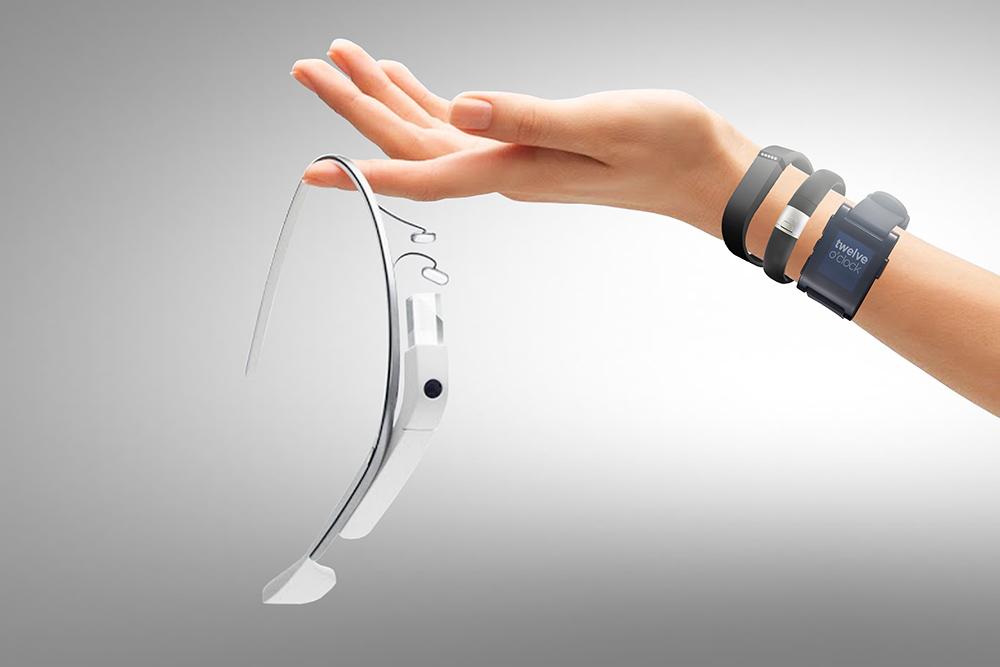A Tech Skeptic’s Perspective
2014 has arrived in full force, and brought with it an annual January tradition – the Consumer Electronics Show in Las Vegas, Nevada. For those not familiar, this is essentially the Super Bowl of consumer electronics (think TV’s, tablets, phones, video game consoles, etc.). Hundreds of thousands of people gather to show off the latest and greatest.
For 2014, I was not impressed.
Missing Links
To start, there are a few major players in the industry who are notably absent from CES proceedings: Apple and Microsoft. When you look at the field of consumer electronics without  these two companies, you’re missing out on some of the best selling, most used technology on the planet: iPhones, iPads, and XBOXes.
these two companies, you’re missing out on some of the best selling, most used technology on the planet: iPhones, iPads, and XBOXes.
Why don’t these companies come to CES? They figure their size and marketing budgets can attract just as much attention when they hold their own events – and they’re right. They don’t need to fight for space on a convention center floor, when their keynotes are the talk of the tech world for weeks leading up to a major announcement.
Sure, there are other major players at CES – Google, Samsung, Lenovo, etc. – but without Apple and Microsoft, I feel like you’re already working from the second string teams.
4K? Who cares?
One of the major announcements from popular electronics manufacturers this year was a new television format: 4K – short for the four thousand lines of resolution the format offers. These new ultra-high definition televisions sell themselves as the wave of the future, but I’m not convinced.
In short, this is an incremental improvement on the televisions we already have, not exponential. The thing that makes today’s high definition televisions so successful are two major factors:
- Exponential Improvement in Quality. Have you watched a 480p video signal on an old CRT display lately? It looks horrible! 720 or 1080 (the resolution formats for high definition content) add incredible richness, depth, and clarity to the content and make the viewing experience significantly more enjoyable.
- Exponential Decrease in Size and Weight.Remember hauling that big old TV up and down the stairs? With flat panel HDTVs, you can do it on your own, hang a 50″ model by yourself, and easily pack it back in the box when you move.
4K televisions offer neither of these major advances over today’s HDTV’s, not to mention the new for including another proprietary format for creating, transmitting, and playing this content (remember HD-DVDs, anyone?). While I will admit that the display resolution is stunning, it’s just not enough to transform the industry like flat panel HDTVs did.
Wearable Technology? It’s already here…
Another major theme at this year’s show was a new category being broadly called “Wearable Technology.” This includes things like Google Glass, the Samsung smart watch, and hundreds of other variations on technology that are worn somewhere on your body – maybe as a bracelet, maybe sewn into your jacket, maybe your glasses, etc.

Who needs all this when you have a smartphone? Image via digitaltrends.com
But the thing about all of these new “wearable technologies” is that we already have wearable technology: our cell phones. And they are amazing. Think about it – we take our phones with us all the time, they have all sorts of ways to connect to other networks (WiFi, LTE, 3G, Edge, Bluetooth), they have great battery life, speakers, displays, motion sensors, GPS, and a whole list of other things – including an app ecosystem to support interesting and innovative uses of these technologies.
All of the products on display at CES this year make compromises for their “wearability” – smaller displays, lack of a speaker, shorter battery life, etc. when compared to a cell phone. I recently sold my Fitbit Ultra because the motion sensor in my iPhone 5S replaces this functionality without additional hardware. It also tracks my bike rides or runs using apps from Strava or Nike, and integrates them with the music I like to listen to or the maps I need for my route. Many new Android-powered devices offer the same functionality, so it’s not just for the iPhone owners.
I just don’t need to strap something else to my wrist, head, or waist to duplicate the (amazing) functionality of my cell phone. For me, wearable technology – at least as it’s presented today – is a miss.
A Few Bright Spots
Despite the above critiques, I will say that there are a couple of technologies that show incredible promise. The Occulus Rift is getting ever closer to a full immersion “virtual reality” headset – which is both utterly amazing and completely terrifying at the same time.

The Oculus Rift is very popular with gamers.
BMW has figured out how to make self-driving cars seem a little more exciting, so that’s a plus (for the record, I’m a big fan of autonomous vehicles, and their potential to transform our modern lives).
Finally, the convention provides time and space to get those critical deals done between vendors and suppliers, advertisers and retailers, supply chain folks and CEOs, that make purchasing all of these gadgets possible.
Hopefully next year we’ll see some really great innovations announced at CES – but I’m not holding my breath.
What were your impressions of this year’s CES? Share in the comments.
